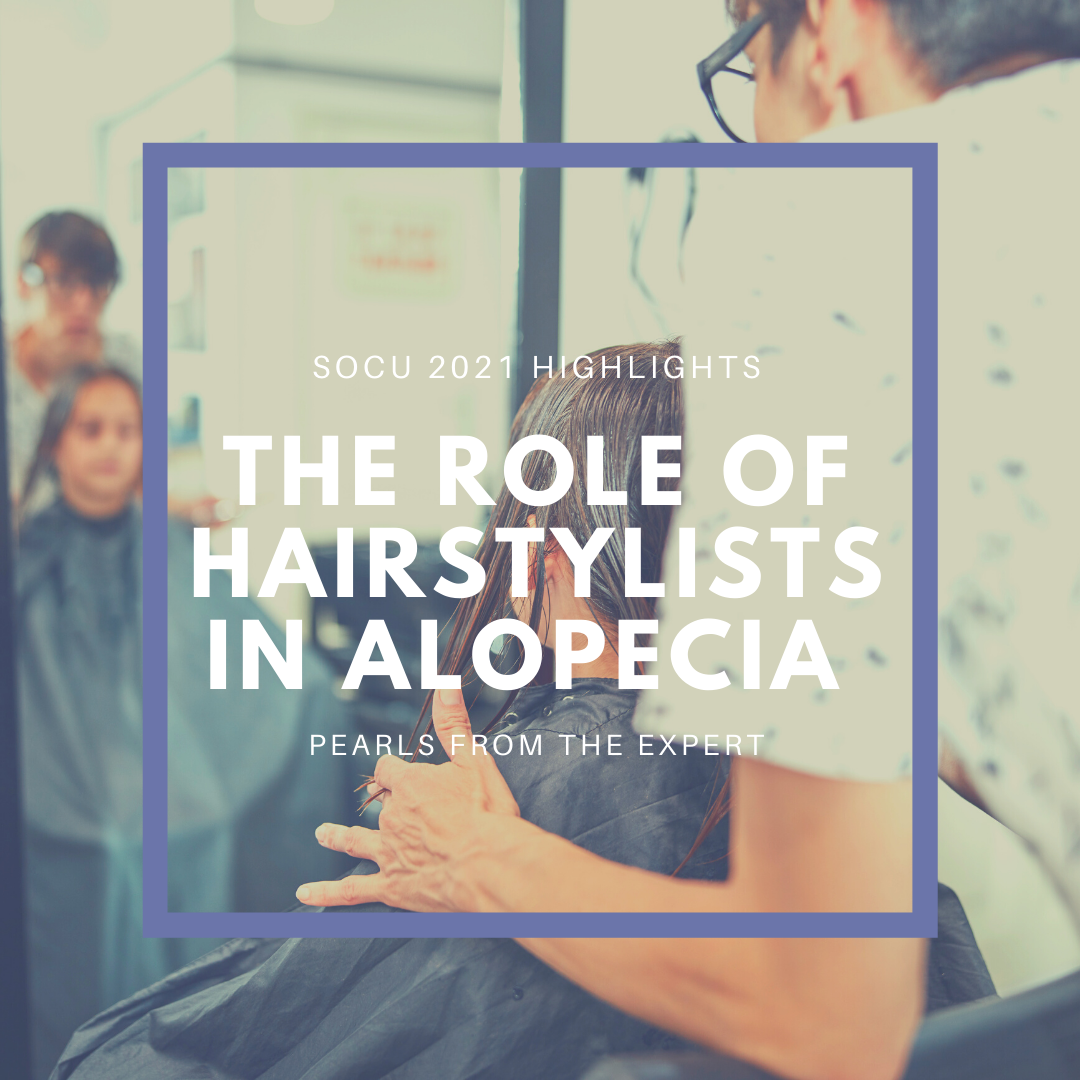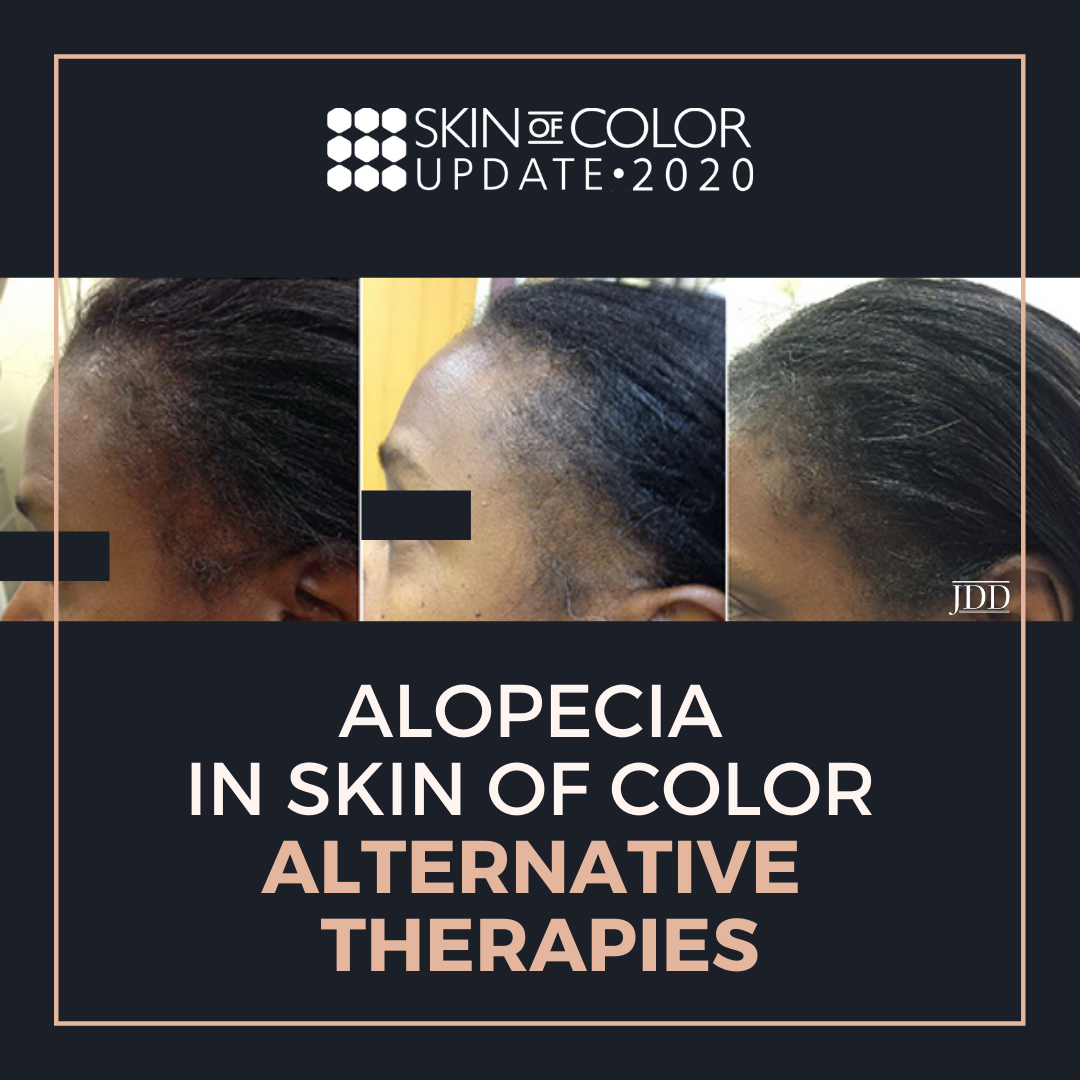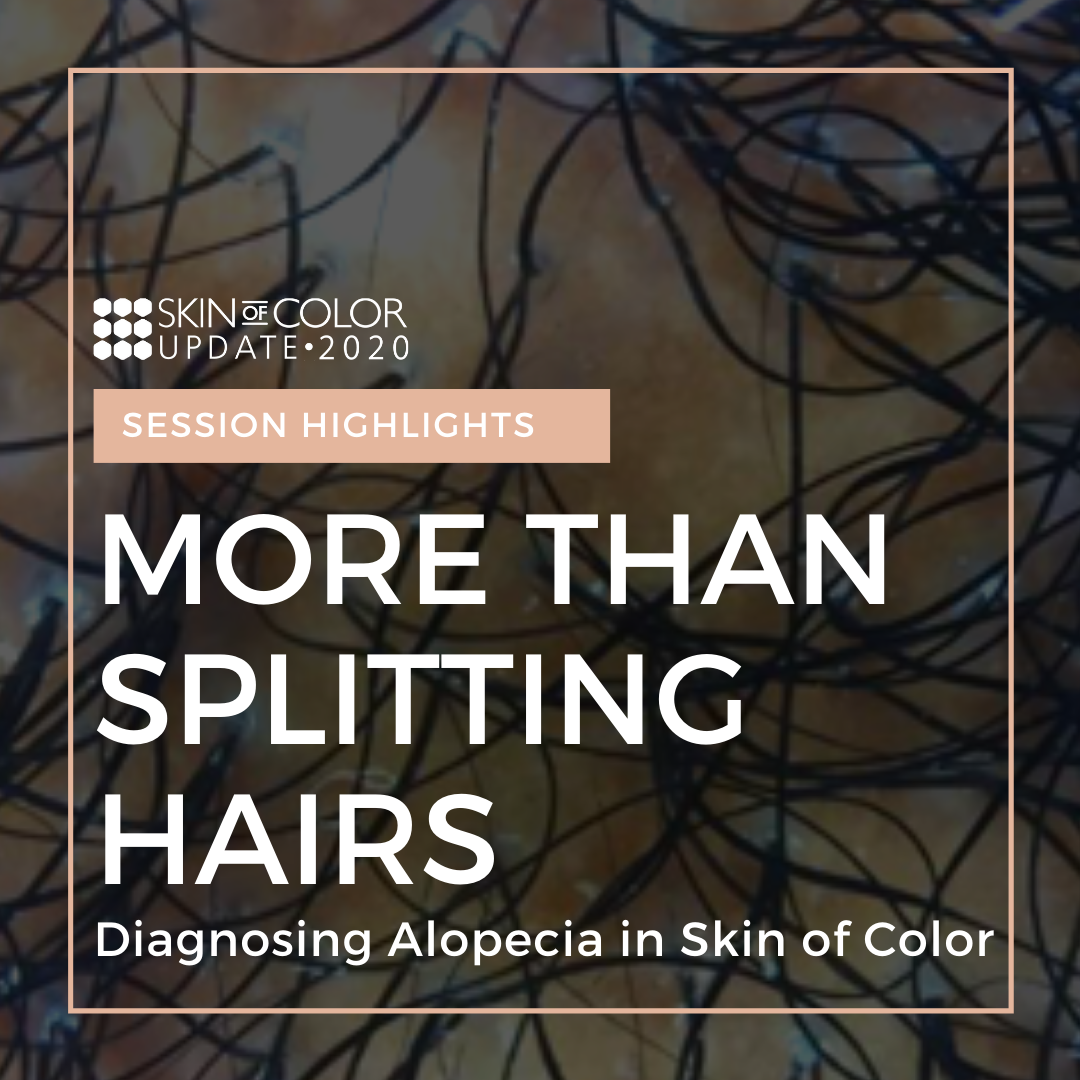Laboratory Testing in Telogen Effluvium
 Telogen effluvium (TE) – a common cause of non- scarring hair loss – is managed with varying clinical protocols given the paucity of evidence-based practices.
INTRODUCTION
Telogen effluvium (TE) – a common cause of non-scarring hair loss – is managed with varying clinical protocols given the paucity of evidence-based practices. While endocrine, vitamin, and mineral abnormalities …
Telogen effluvium (TE) – a common cause of non- scarring hair loss – is managed with varying clinical protocols given the paucity of evidence-based practices.
INTRODUCTION
Telogen effluvium (TE) – a common cause of non-scarring hair loss – is managed with varying clinical protocols given the paucity of evidence-based practices. While endocrine, vitamin, and mineral abnormalities …
 Telogen effluvium (TE) – a common cause of non- scarring hair loss – is managed with varying clinical protocols given the paucity of evidence-based practices.
INTRODUCTION
Telogen effluvium (TE) – a common cause of non-scarring hair loss – is managed with varying clinical protocols given the paucity of evidence-based practices. While endocrine, vitamin, and mineral abnormalities …
Telogen effluvium (TE) – a common cause of non- scarring hair loss – is managed with varying clinical protocols given the paucity of evidence-based practices.
INTRODUCTION
Telogen effluvium (TE) – a common cause of non-scarring hair loss – is managed with varying clinical protocols given the paucity of evidence-based practices. While endocrine, vitamin, and mineral abnormalities … 

 Partnering with Hair stylists is more than just a hair style. During the 2021 Virtual Skin of Color Update, and through concrete examples, Dr. Chesahna Kindred shared some of the intangible benefits of working together to increase patient satisfaction. Hairstylists are key in preventing and helping to treat traction alopecia!
Hairstylists can help to:
Recommend healthy hair styles
…
Partnering with Hair stylists is more than just a hair style. During the 2021 Virtual Skin of Color Update, and through concrete examples, Dr. Chesahna Kindred shared some of the intangible benefits of working together to increase patient satisfaction. Hairstylists are key in preventing and helping to treat traction alopecia!
Hairstylists can help to:
Recommend healthy hair styles
…  Management of alopecia in skin of color is challenging due to a paucity of research into its pathophysiology coupled with a poor understanding of the basic hair care practices in this patient population. For the patient, it is often associated with severe emotional distress. Unfortunately, many forms of hair loss are refractory to standard therapies.
At the 2020 Skin of Color Virtual Update, Dr …
Management of alopecia in skin of color is challenging due to a paucity of research into its pathophysiology coupled with a poor understanding of the basic hair care practices in this patient population. For the patient, it is often associated with severe emotional distress. Unfortunately, many forms of hair loss are refractory to standard therapies.
At the 2020 Skin of Color Virtual Update, Dr …  Can you improve your culturally-competent hair loss consultation? Would you like to grow your toolbox for comprehensive alopecia treatment? If so, you are in the right place!
Hair loss is a frequent concern for patients visiting the dermatologist, especially in patients with pigmented skin types. Kinky or coiled hair has an innate fragility that makes African Americans especially prone to hair …
Can you improve your culturally-competent hair loss consultation? Would you like to grow your toolbox for comprehensive alopecia treatment? If so, you are in the right place!
Hair loss is a frequent concern for patients visiting the dermatologist, especially in patients with pigmented skin types. Kinky or coiled hair has an innate fragility that makes African Americans especially prone to hair …  Just as hair types often differ among different ethnicities, the prevalence and presentation of dermatological diseases affecting the hair and scalp can also be diverse. These are attributed to innate hair shaft differences, hair styling practices, genetic influence, and inflammatory co-morbidities. Differentiating scarring alopecia from other types of hair loss is especially critical in develop …
Just as hair types often differ among different ethnicities, the prevalence and presentation of dermatological diseases affecting the hair and scalp can also be diverse. These are attributed to innate hair shaft differences, hair styling practices, genetic influence, and inflammatory co-morbidities. Differentiating scarring alopecia from other types of hair loss is especially critical in develop …